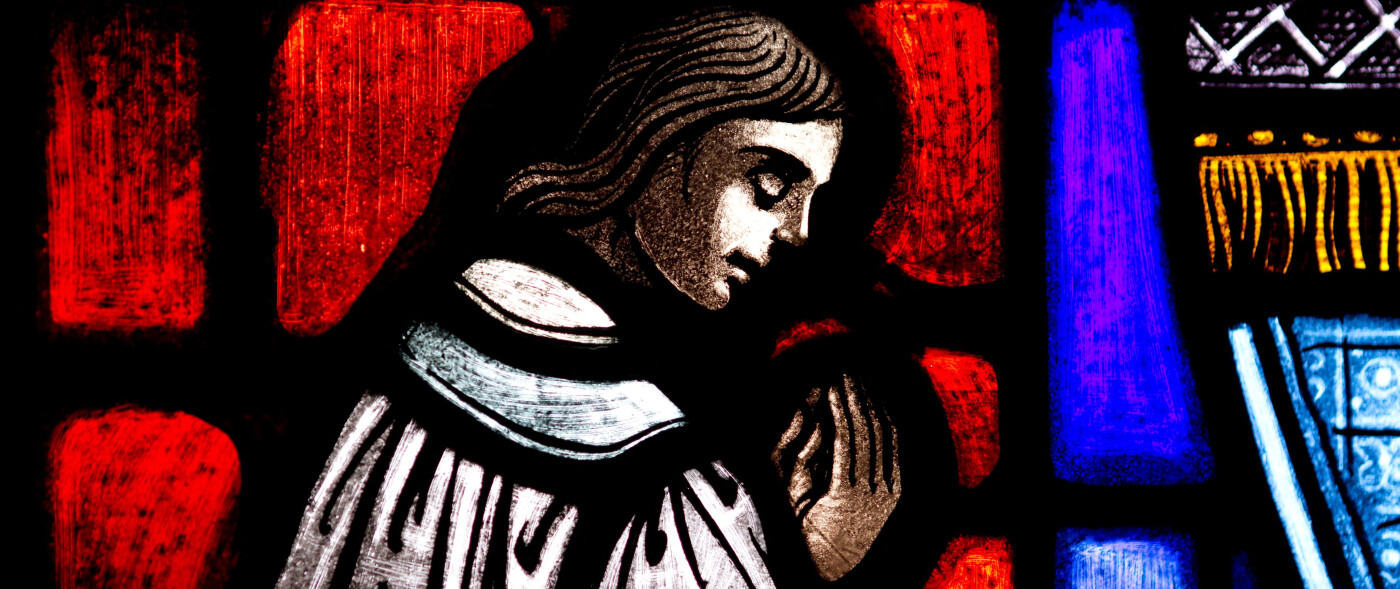Getting Ready for Sunday by the Rev. Fabian Villalobos
"It is the Lord!”
In the immediate Sundays after Easter, the Gospels that we hear, preach, and share, are those of the resurrection of the Lord. The joyful celebration of Easter continues for seven Sundays until Pentecost.
This Gospel begins with a clear mention that the resurrected Lord has appeared before to his disciples, “Jesus showed himself again to the disciples by the Sea of Tiberias; and he showed himself in this way.” “Again” and “in this way,” proves to us that He manifested himself in previous occasions.
The author mentions seven disciples being together when Peter decides to go fishing. The disciples go with Peter; however, they did not catch any fish. Seven men, some of them experienced fishermen, fishing all night long, and yet, they caught nothing.
Throughout this long night, the disciples are aware their net remains empty, and yet “after daybreak, Jesus stood on the beach” asking for fish, something they do not have, something he is going to provide them with. As we can learn from many other Gospel stories, Jesus asks first, and then later, he tells us what we need to do. He respects our freedom, while he requires our cooperation. “He said to them, "Cast the net to the right side of the boat, and you will find some." With Jesus present, the disciples pass from nothing in their net, to a net full of 153 large fish. This is the same in our lives; Jesus has the capacity to transform our nothing, our own empty nets, into the fullness of God’s grace.
At this part of the Gospel story, we also confirm that in order to recognize the resurrected Lord, the disciples need to have a personal and loving relationship with Jesus. “That disciple whom Jesus loved said to Peter, “It is the Lord!” The beloved disciple has the capacity to recognize the Lord, and this is not the first time that the beloved identifies Jesus’ presence. This is a clear reminder that in order for us to recognize the presence of Jesus in our lives, we need to truly love him.
Peter’s reaction reflects his natural desire to hide the human nakedness from God. “When Simon Peter heard that it was the Lord, he put on some clothes, for he was naked, and jumped into the sea.” He remains there until Jesus tells them, "Bring some of the fish that you have just caught." At Jesus’ command, Peter receives the restoration of his dignity.
The resurrected Lord invites his friends, the disciples, to eat with him. He provides them food “Now none of the disciples dared to ask him, "Who are you?" because they knew it was the Lord.” This meal is the memorial of another meal; they understand who this person is; and as happened in the Last Supper, “Jesus came and took the bread and gave it to them, and did the same with the fish.” Jesus, the suffering Messiah, is now the Resurrected Lord who shows himself in the breaking of the bread, “This was now the third time that Jesus appeared to the disciples after he was raised from the dead.”
This story of the Gospel confirms the presence of the Risen Lord in the breaking of the bread that we celebrate each Sunday. We like the disciples know, "It is the Lord!” Even if we don’t understand how, or dare not to ask Him questions, we recognize also, "It is the Lord!” Let us enjoy His presence and His love each and every day of our lives.
The Lord is risen indeed! Alleluia. Alleluia.
The Rev. Fabian Villalobos
Rector, Christ Church, Dallas


